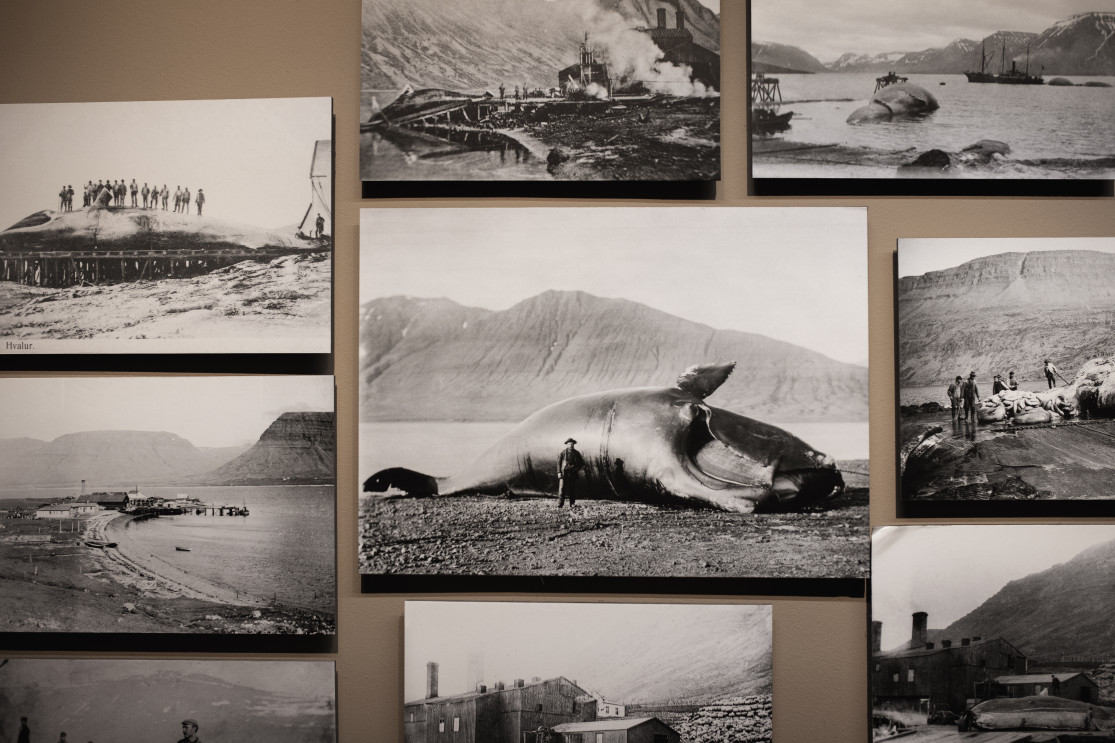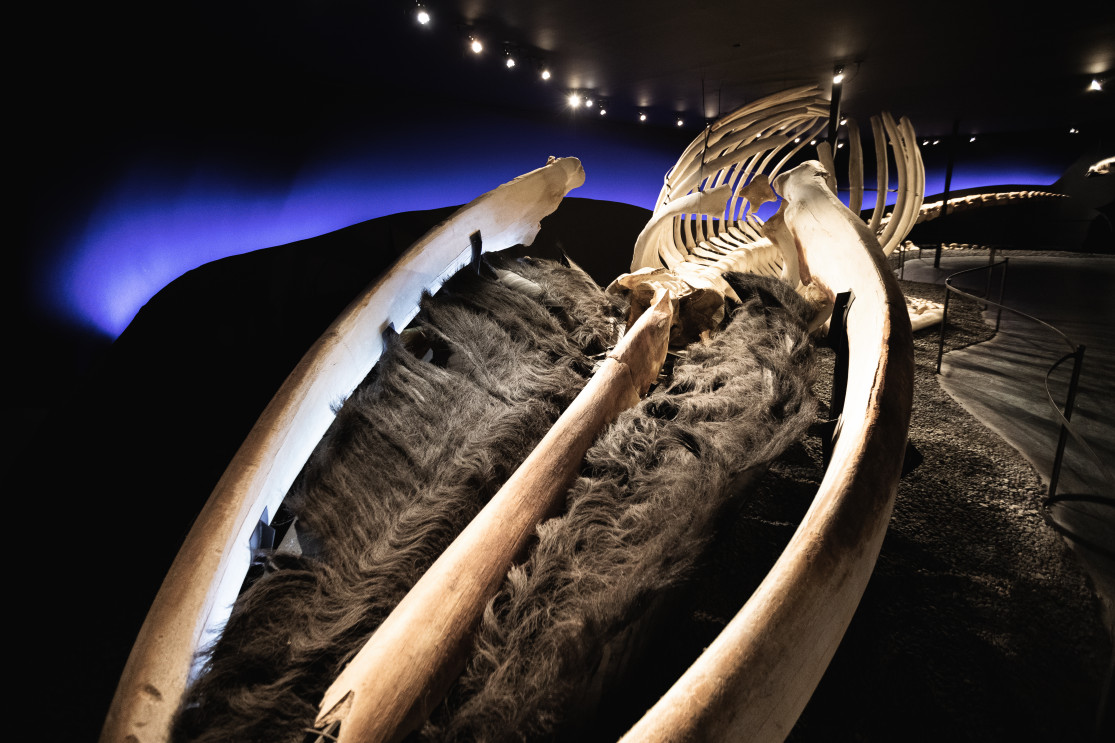The Húsavík Whale Museum
Located in the small village of Húsavík in the far north of Iceland, the Húsavík Whale Museum (Hvalasafnið), or "Whale Center", was founded in 1997 and is a non-profit organization.
The museum's objective is to raise awareness about whales, how the cetaceans interact with humans, and marine ecology more generally, in a fun and interactive educational experience.
- The history of the museum
- Where is the Húsavík Whale Museum located?
- Tour of the Húsavík Whale Museum
- Useful information
The history of the museum

The Húsavík Whale Museum is located in what used to be a massive slaughterhouse with a total area of 1,600 m². Ásbjörn Björgvinsson, founder and director, started this project from scratch 11 years ago to make the Húsavík Whale Museum one of the most visited sites in Iceland today.
Since it opened its doors, the museum has welcomed more than 200,000 visitors, which may not sound like much, but this is huge for a country like Iceland! The museum is renowned for its interactive, highly-entertaining exhibits (texts in Icelandic and English only) and also runs an educational program for children, the “Whale School”.
This program is a long term undertaking in which each student visits the museum three or four times during their schooling (from pre-school to middle-school)
Where is the Husavik Whale Museum located?

The museum is very easy to find, in fact it's very hard to miss. From Akureyri in northern Iceland it takes less than an hour (75 km) to reach the beautiful village of Húsavík.
The museum is located near the port of Húsavík with its renowned wooden houses, and right next to the port of departure for the many maritime whale watching excursions.
Tour of the Húsavík Whale Museum

The Húsavík Whale Museum showcases the 23 different species of whales that populate the coastal waters around Iceland, their life cycle and migration patterns.
The history of the human-cetacean relationships, basically the history of whale-fishing in Iceland, with all the information you could need about technique and industry. In addition to the main hall, the whale museum has eight exhibition rooms.
In the main hall features no less than eleven whale skeletons and other remains, such as teeth, in perfect condition. And rest assured that these eleven whales died of natural causes, and even includes the skeletons of a narwhal, donated by Greenland.
And you learn some incredible things, such as the fact that Icelandic houses were sometimes built out of whale bones!

A 25-meter-long blue whale skeleton is displayed in the hall, a massive carcass that washed up in northern Iceland, in Skagi, in 2010. It is extremely rare to be able to observe a skeleton such as this one, a rare exhibit anywhere in the world.
Another exhibit focuses on the cartography of whale watching off the coast of Iceland since 2017, while another is dedicated to the history of whaling in Iceland.
Numerous documentaries (60 minutes) as well as short films (15 minutes), each more interesting than the last, are screened in the large cinema room on the 2nd floor.
And the museum features a number of temporary art exhibitions as well. We estimate about one to two hours to visit the museum at a relaxed pace.
Useful information

The museum is open all year round:
Generally speaking, the museum is closed on weekends from November to February, but we recommend you check the official website for up-to-date information:
Rates in 2020:
- Adults: 2,000 ISK
- Adults with discount: ISK 1,600
- Accompanied children (up to 17 years old): free
- Seniors, students, and people with disabilities: 1,600 ISK
If you book a whale watching excursion, you can often get a discount on museum admission, and vice versa!
Also, the museum ticket also includes a discount at the Reykjavik whale museum: “Whale of Iceland”.